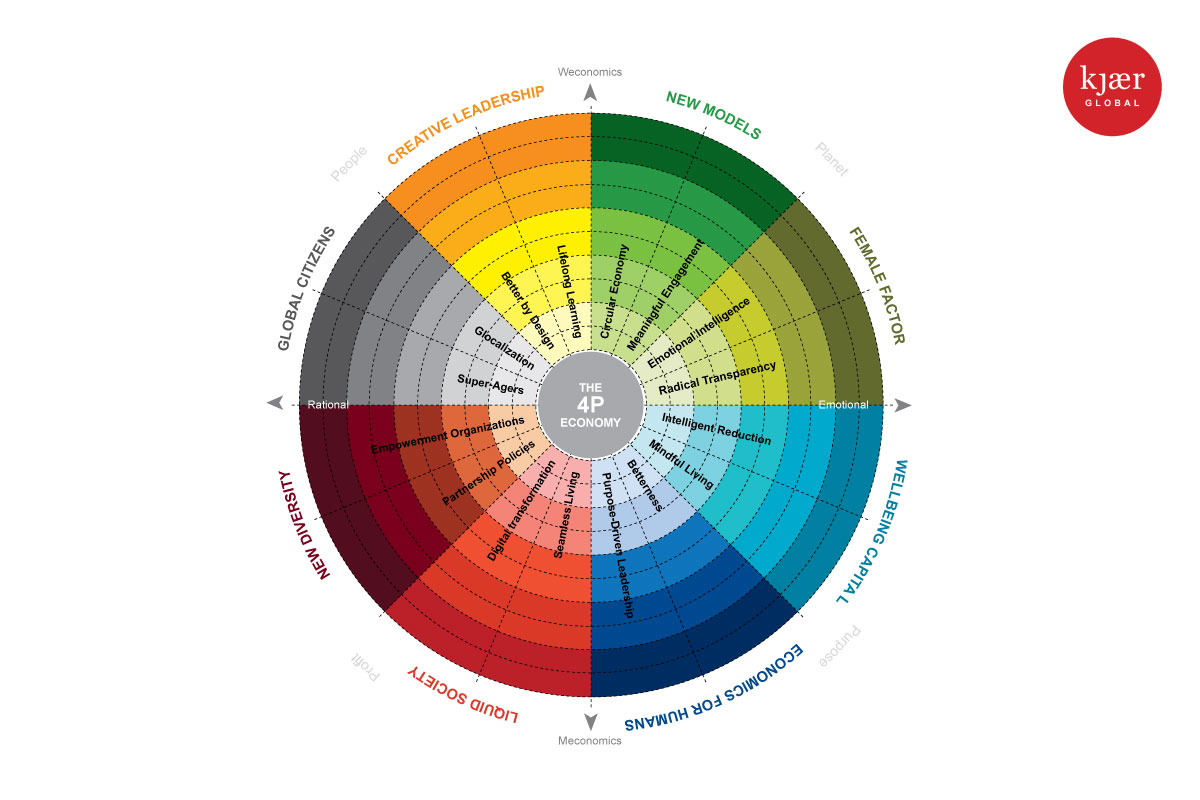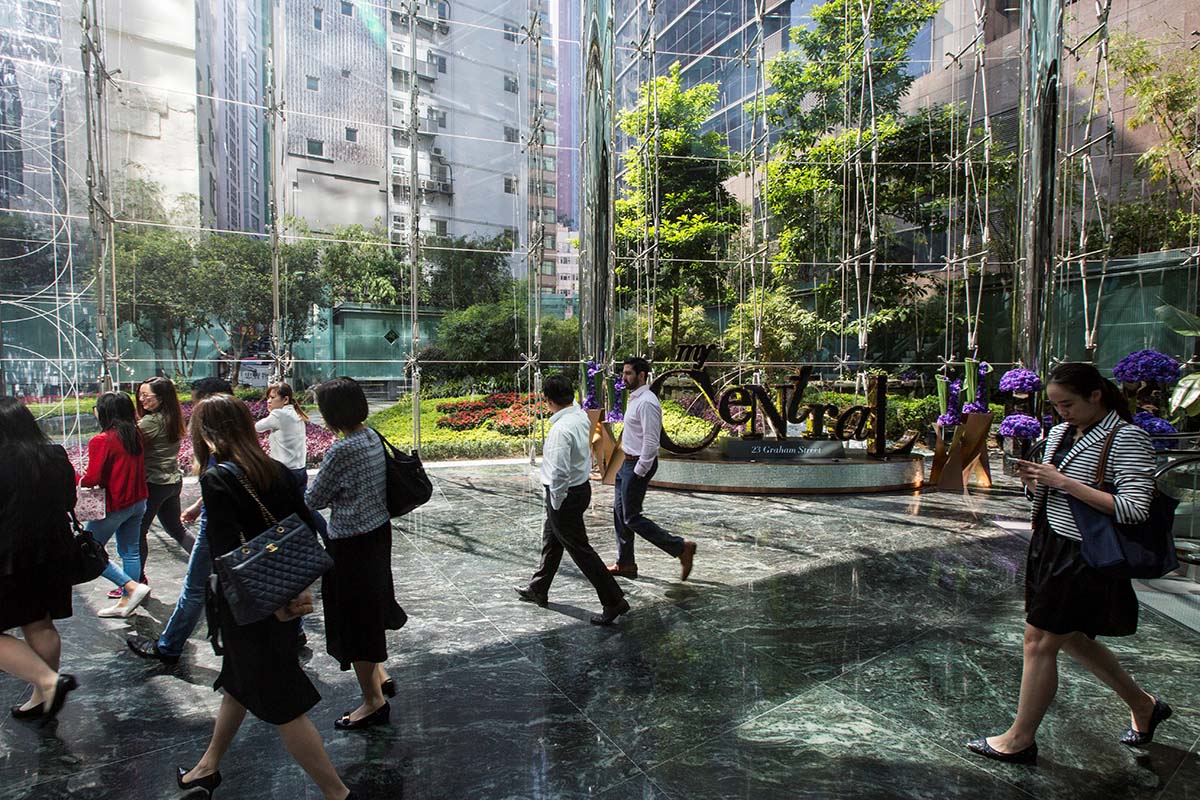
Many of us are fortunate to live in a world of wealth and health as never before experienced in history. Previous generations have paved the way for rapid economic development, and we now have the luxury of focusing on our well-being. Nations are measuring their citizens’ happiness index, corporations are managing their employee engagement, and individuals are seeking self-fulfillment.
However, the world also faces unprecedented levels of volatility and unpredictability. Leaders face pressure to be faster, more agile, more creative, more engaging, and at the same time, manage multiple roles. The market’s disruptiveness and performance pressures make way for chronic stress, which can lead to physical and mental health decline, high levels of absenteeism, decreased productivity, and ultimately attrition. When you translate that into a dollar sum, it cannot be ignored. In light of these trends, leaders of the future need to consider how to design and develop the well-being capital of their people.

Source: LeadWomen
So what does it mean to foster well-being capital? Some organisations may answer this with colorful bean bags, big parties, free food at work, and casual dress codes. For meaningful impact, however, organisations need to look to solutions that reach beyond fun and enjoyment. For example, the US health insurer giant Aetna partnered with Duke University’s School of Medicine to offer its employees stress-reduction programs using yoga and mindfulness. The employees who went through this program experienced almost 30 percent reduction in stress levels, 20 percent better sleep, and 19 percent less pain. On average, each employee gained 62 minutes per week of productivity, which Aetna calculates as a gain of 3,000 dollars per employee per year.
Aetna’s program involved simple mindful exercises and yoga classes that employees participated in. By offering simple practices to employees help manage their well-being, the company was able to reap employee engagement and financial rewards. Like Aetna, organisations can create one simple change in the employee experience, which can transform the overall culture and performance.
When organisations look at well-being as a resource to be managed, they can discover interesting opportunities to garner more creativity, trust, collaboration, and performance. As Arianna Huffington, sleep ambassador and founder of Huffington Post, said, “there is no tradeoff between well-being and productivity." Well-being is a resource that can help individuals and organisations to achieve their goals.

A-Young is an innovation and leadership consultant based in Singapore. She works with organisations and leaders to develop growth opportunities and design their leadership for success. On the side, she teaches therapeutic yoga to underprivileged groups for mind & body well-being.
This article is a collaboration between The ASEAN Post and LeadWomen. The views and opinions expressed above are those of the author and do not necessarily reflect those of The ASEAN Post.
Recommended stories:
